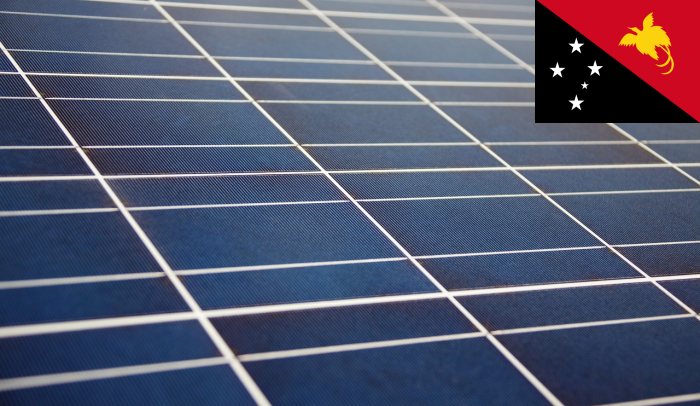
The use of grid-connected commercial solar power systems in Papua New Guinea is currently illegal. That may be about to change and the country’s commercial solar sector could kick off under a program that Australia will be a part of.
The International Finance Corporation (IFC) and PNG Power Limited have announced they are beginning to nut out details for a pilot commercial solar program in the country’s capital, Port Moresby; which is home to a population of around 310,000.
The initiative will be supported by donor nations Australia and New Zealand.
“This move represents a significant change for Papua New Guinea, as to date, it has been illegal for businesses to install and generate power from rooftop solar,” said IFC’s John Vivian.
While it’s not clear from the IFC’s release why grid-connected rooftop commercial solar is illegal, it seems it may have to do with a lack of local knowledge of how to integrate it into the grid and/or the necessary infrastructure to support it.
With Papua New Guinea aiming to transition to 100 percent renewable energy by 2050, putting solar panels on commercial rooftops could make a significant contribution towards its goal.
The initial aims of the program are modest – to allow approximately 2% of peak demand for electricity in Port Moresby to be generated by rooftop solar panels, and this will be carefully monitored and managed.
Something that PNG has no shortage of is renewable energy resources – not only solar (300+ days of sunshine each year), but also hydro and geothermal. Hydropower plants currently make up about 40% of PNG’s installed electricity generation capacity.
Oxford Business Group notes:
“A study by Bloomberg New Energy Finance ranked PNG in the top 10 for potential renewable resources, with about 2.5 GW of these but only 2% of it exploited”.
There’s certainly a great need to tap more of those renewables resources as where the grid does exist in PNG, demand outstrips supply.
If the Port Moresby pilot is successful, it may be rolled out to other significant centers. However, that still won’t help a big chunk of the country’s population.
Less than 20% of Papua New Guinea’s population has access to the mains electricity grid. Some inroads have been made there with the use of solar energy through another IFC program called Lighting Papua New Guinea, which has provided many with access to basic lighting and mobile phone charging services using small off-grid systems.
On a somewhat related note, back here in Australia, children from Echuca were kept busy a few months ago making solar powered LED lights to send to households in remote areas of PNG.

 RSS - Posts
RSS - Posts



Speak Your Mind